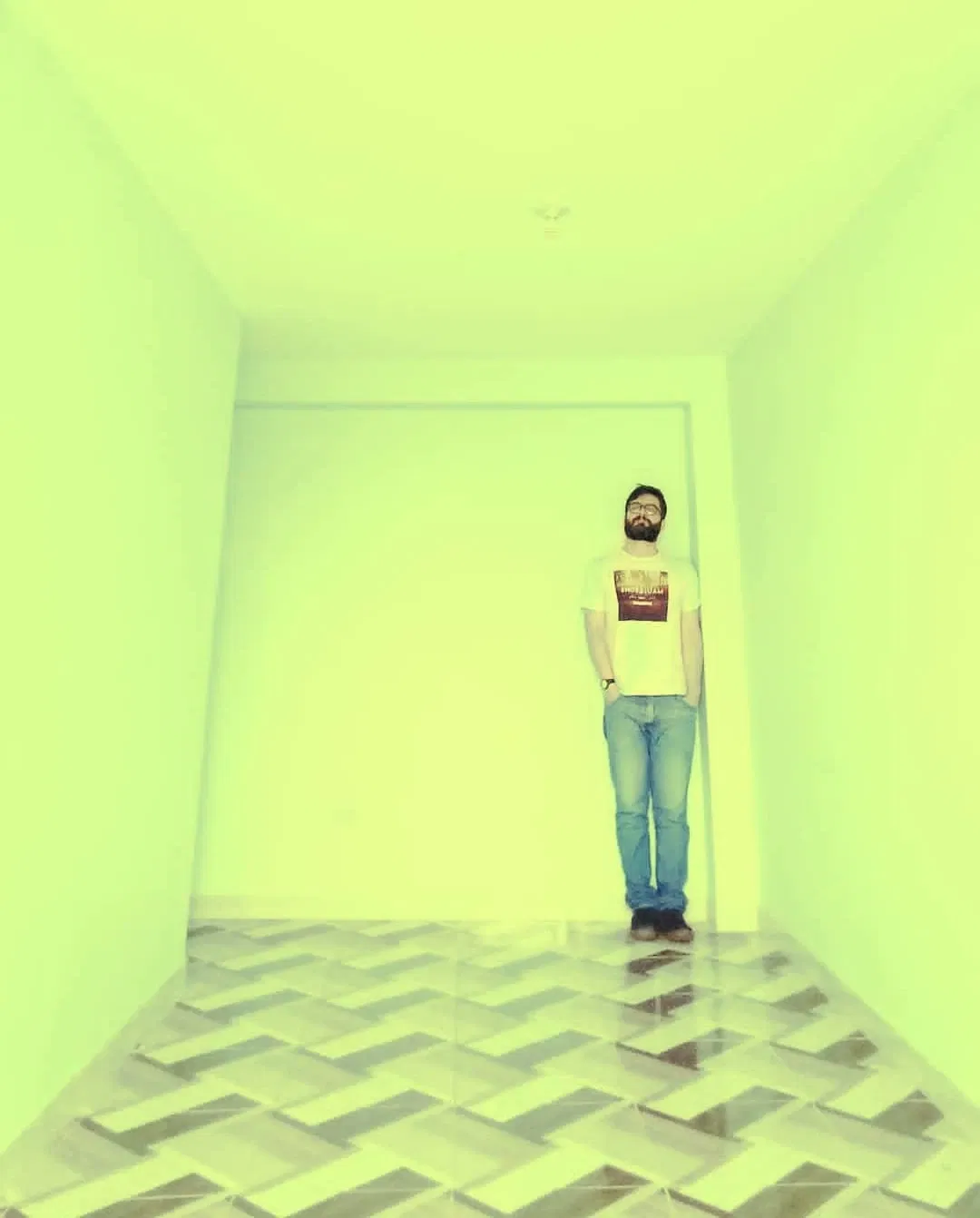
ESPAÑOL
Eventualmente, los niños se hacen narrativas de abandono que no necesariamente implican un abandono real por parte de sus progenitores, pero, sea cierto o no, detrás de esta narrativa se esconde una herida emocional y con ella el nacimiento de un enorme vacío, el cual condiciona al portador a una lucha constante para poder llenarlo. Esto es doloroso, y debemos entender que el dolor es displacentero. En tal sentido, el ser humano ha desarrollado de forma instintiva mecanismos para disipar el dolor recurriendo a su antagonismo, el placer.
El placer es regulador, pero mal gestionado es en una trampa que nos atrapa y nos esclaviza, escondiendo bajo su manto de dependencia, una realidad emocional incomoda, grabada en lo más profundo de nuestra mente.
Es así como, el niño crece y se hace adolescente, conoce a su pareja y en ella encuentra relleno para su vacío y si discuten sufre, y si sufre llora y el mundo se le viene abajo; el joven ya es un adicto capaz de hacer cualquier cosa para no perder aquello que le aparta de sí mismo.
De igual modo, un día el adolescente se hace adulto y descubre que el licor también le abstrae, que el cigarrillo le calma, que la marihuana le nubla y que la cocaína lo alegra, ahora vive en la fuga constante de un fantasma que habita en medio de su pecho.
“Huir del dolor, solo trae más dolor.”
La narrativa de abandono tiene sus bases en el miedo natural a estar solos y no hay mejor forma de aniquilar los miedos que enfrentándolos.
Abraza la soledad “no estás solo, estás contigo”.
Transitamos la vida escapando de algo que nos persigue, algo incómodo y doloroso: “nosotros mismos”. Una historia que no elegimos y que rechazamos, pero que no tendrá resolución si no la aceptamos, perdonamos y agradecemos, porque detrás del dolor, si lo desciframos, hay un gran tesoro “Aprendizaje”.
Concluyo este texto citando a Carl Jung: “Nadie se ilumina fantaseando figuras de luz, sino haciendo consciente su oscuridad”.
ENGLISH
Eventually, children make narratives of abandonment that do not necessarily imply a real abandonment by their parents, but, whether true or not, behind this narrative hides an emotional wound and with it the birth of an enormous emptiness, which conditions the bearer to a constant struggle to be able to fill it. This is painful, and we must understand that pain is unpleasant. In this sense, the human being has instinctively developed mechanisms to dissipate pain by resorting to its antagonism, pleasure.
Pleasure is regulating, but badly managed it is a trap that traps and enslaves us, hiding under its mantle of dependence, an uncomfortable emotional reality, engraved in the deepest part of our mind.
Thus, the child grows up and becomes an adolescent, he meets his partner and finds in her a filler for his emptiness and if they argue he suffers, and if he suffers he cries and the world falls apart; the young person is already an addict capable of doing anything not to lose that which separates him from himself.
In the same way, one day the adolescent becomes an adult and discovers that liquor also abstracts him, that cigarettes calm him, that marijuana clouds him and that cocaine makes him happy, now he lives in the constant flight of a ghost that lives in the middle of his chest.
“Running away from pain, only brings more pain.”
The narrative of abandonment has its basis in the natural fear of being alone and there is no better way to annihilate fears than by facing them.
Embrace loneliness “you are not alone, you are with you.”
We go through life escaping from something that haunts us, something uncomfortable and painful: “ourselves”. A story that we do not choose and that we reject, but that will have no resolution if we do not accept, forgive and thank, because behind the pain, if we decipher it, there is a great treasure “Learning”.
I conclude this text quoting Carl Jung: “No one is enlightened by fantasizing figures of light, but by making his darkness conscious”.
fotografía: Daniel Polentino | photography: Daniel Polentino Texto: Daniel Polentino | Text: Daniel Polentino Traducido por | translate by: DeepL Dispositivo: moto G84 | Device: moto G84
For the best experience view this post on Liketu